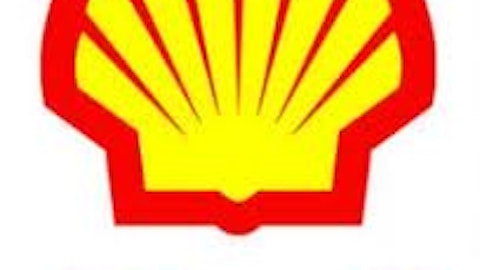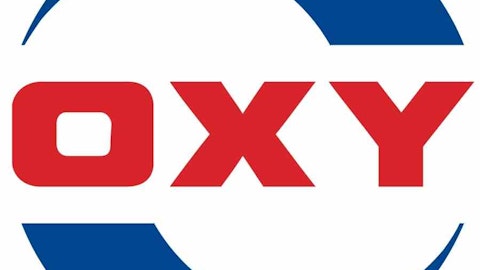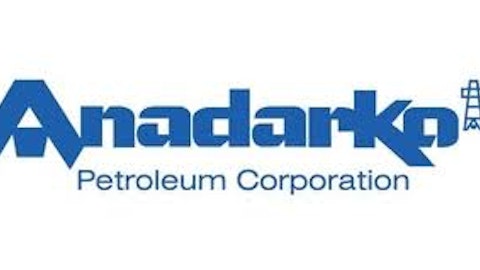French oil giant Total SA (ADR) (NYSE:TOT) reported second-quarter financial results on Friday. Let’s take a closer look at why its earnings slipped and what the company’s future may hold.

Why Total SA (ADR) (NYSE:TOT) earnings slipped
Total SA (ADR) (NYSE:TOT) reported a 3% decline in profits, with adjusted net income for the quarter coming in at 2.7 billion euros, down from 2.79 billion euros in the year-earlier period.
The company’s earnings took a hit largely because of weakness in oil and gas prices. During the quarter, Brent crude oil prices averaged $102.40 per barrel, down 5% from an average of $108.3 per barrel during the previous quarter.
Similarly, the average realized gas price slipped by 7% from $7.10 per thousand British thermal units to $6.62 per Mbtu. Meanwhile, Total SA (ADR) (NYSE:TOT)’s second-quarter oil and gas sales slipped 4% from 49.14 billion euros to 46.97 billion euros.
A rare increase in output
On the plus side, however, the company logged its first production increase in three years. Combined oil and gas output during the quarter edged up 1% to 2.29 million barrels of oil equivalent a day, largely because of the resumption of production at the company’s Elgin platform in the North Sea. After shutting down production at Elgin last year, Total restarted its operations there in March.
Unfortunately, the improvement in Total SA (ADR) (NYSE:TOT)’s oil and gas output during the second quarter came mainly from gas, which is less profitable in the current environment than oil. The company’s liquids production fell 5% to 1.16 million barrels per day, while total gas production soared 8% to 6.17 million cubic feet per day.
In contrast to its second-quarter increase in output, Total SA (ADR) (NYSE:TOT) reported a 2% production decline during the first quarter of this year — a trend shared by most energy majors during that period. For instance, Exxon Mobil Corporation (NYSE:XOM), the world’s largest publicly traded oil company, reported a 3.5% fall in total oil and gas production in the first quarter, while ConocoPhillips (NYSE:COP) logged a 3% decline. Chevron Corporation (NYSE:CVX), however, managed to boost its total oil and gas production by a relatively impressive 0.8%, largely on the strength of its natural gas business.
The bottom line
Despite a decline in its earnings, Total’s relatively robust second-quarter performance reflects its resilience to a period of weaker oil and gas prices. Going forward, the company has numerous catalysts for long-term growth, including a major stake in promising deepwater blocks offshore Angola and its Egina deepwater project off the coast of Nigeria, for which it recently bought $1.2 billion worth of deepwater equipment from FMC Technologies, Inc. (NYSE:FTI).
Furthermore, Total’s involvement in important LNG projects, such as Yamal LNG in Russia’s Arctic and Angola LNG, also bode well for the company’s long-term future, especially considering that global demand for LNG is forecast to grow at an average rate of 15 million tons a year through 2025. As these projects begin production over the next several years, they should provide the company with stable and dependable cash flows for decades into the future.
The article Why Total Earnings Fell originally appeared on Fool.com is written by Arjun Sreekumar.
Fool contributor Arjun Sreekumar has no position in any stocks mentioned. The Motley Fool recommends Chevron, FMC Technologies, and Total.
Copyright © 1995 – 2013 The Motley Fool, LLC. All rights reserved. The Motley Fool has a disclosure policy.





